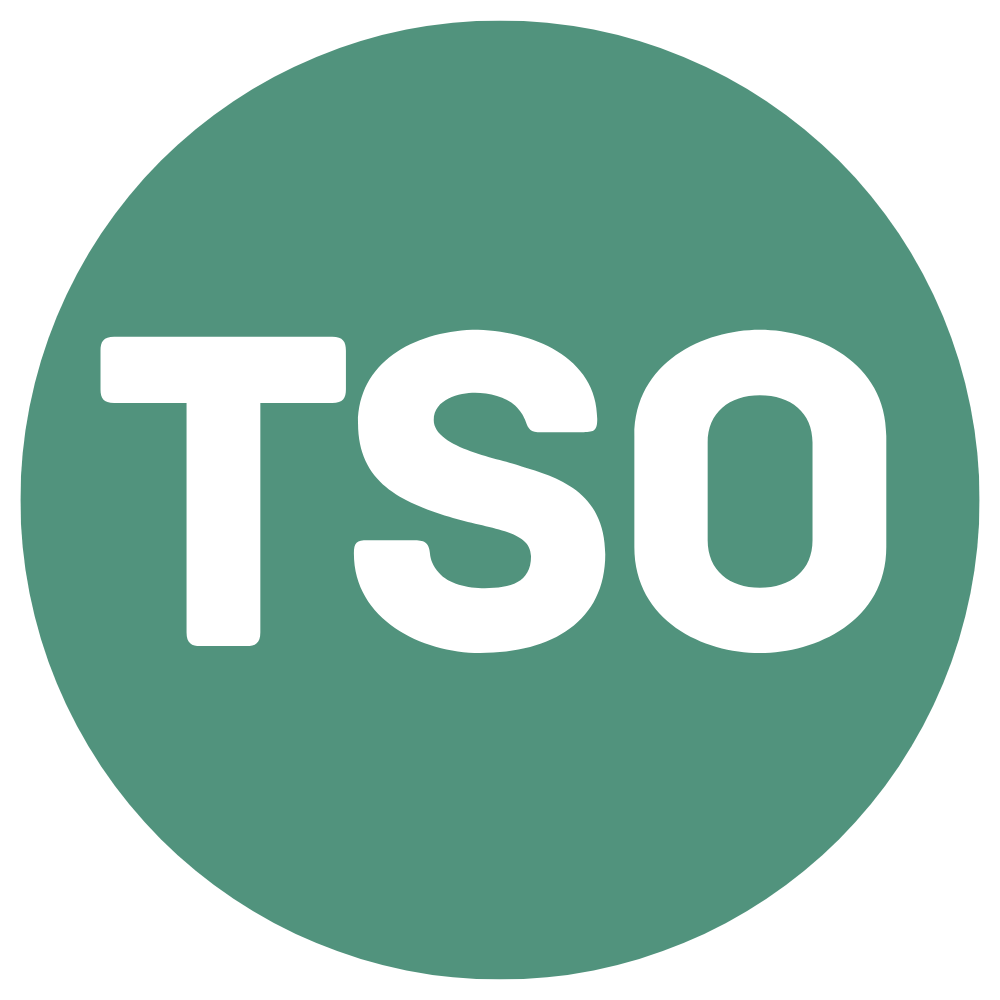So you already dissect missile-tracking start-ups on X and quote the cost curve on solid-state propulsion at dinner. The next step is obvious: get inside the flow of defense-tech deals before they hit a TechCrunch headline. Capital is moving in your favor. Europe alone poured $5.2 billion into defense-related start-ups last year, up twenty-four percent from 2023, while U.S. “dual-use” funds keep raising fresh vehicles aimed at autonomy, cyber, and space. Partner teams cannot eyeball every early project at Los Alamos or in Tallinn, so they rely on two scalable talent pipes:
- Scout pools hand trusted operators a fixed allocation – usually US $50 000 to 100 000 – to deploy in micro-checks. You keep ten to twenty percent carry and rarely touch personal cash.
- Fellowships invest in your time. Over eight weeks to a full year you learn term-sheet math, shadow diligence calls on classified or export-controlled tech, and graduate with a written or real track record.
Defense-specific cohorts add two wrinkles. First, they teach you to translate Technology Readiness Levels into venture risk instead of just quoting monthly recurring revenue. Second, they expose you to the procurement maze that separates a seed-stage radar start-up from a million-dollar Pentagon contract.
Why these programs exist
Policy tailwinds. The U.S. Inflation Reduction Act’s sister legislation on domestic manufacturing plus NATO re-armament budgets have turned dual-use hardware from political hot potato into priority spend. Funds see a multi-decade roadmap and want scouts embedded in every lab and base.
Geography. Founders testing anti-drone AI on Marine bases in Yuma and algae jet fuel in Honolulu are thousands of miles apart. A twenty-person scout network covers that ground for less cash than one coastal associate.
Clear career gaps. Many uniformed innovators and civilian engineers want to invest but lack venture literacy. Fellowships convert defense domain knowledge into cap-table confidence.
What selection panels look for
- Community reach. Maybe you run a mil-tech Slack with five thousand members or host SBIR office hours at MIT. Show screenshots, attendance logs, or founder testimonials.
- Filtering skill. Every application asks for “one company you would back.” You must translate not just market size but mission impact: How many warfighter hours saved? What is the path past ITAR?
- Ethical reflexes. Dealing with classified or export-controlled data demands spotless information hygiene. Expect hypotheticals on disclosure limits and signaling risk.
Interview funnels run the usual gauntlet – culture chat, written memo, partner debate – but may add a security-clearance questionnaire or a conflict-of-interest form if government dollars touch the program. Acceptance rates hover near three percent, so polish materials early.
Inside a defense-tech cohort
Picture an evening MBA sprint with more acronyms. Monday sessions unpack FAR clauses on sole-source contracts. Mid-week study circles debate a live seed deck for hypersonic testing hardware; one fellow defends, another red-teams, the rest vote. Friday office hours let a general partner and a former program executive officer rewrite your memo in red ink.
If you join a scout track, you will likely owe one qualified lead per month. Fellows in the Defense Ventures Fellowship spend eight to ten weeks embedded at private-sector investors, then brief colonels and SES sponsors on what they learned – a crash course in translating Valley speed into Pentagon process. The NSIN Defense Innovation Summer Fellowship (formerly X-Force) pairs technologists with DoD mission partners for ten weeks, so you practice solving real operational problems while writing investment theses on the side.
Plan on ten focused hours weekly if part-time, full-time effort if you take a paid sabbatical through AFWERX’s Traditional Fellowship. Shortcuts show fast; your teammates will notice if you do not know the difference between a TRL-4 demo and a field-ready prototype.
What you walk away with
- A track record – three micro-checks into autonomy or a mocked-up portfolio beats “enthusiastic about defense tech” on LinkedIn.
- A durable peer circle – alumni WhatsApp groups include acquisition officers and venture partners who can green-light SBIR matching dollars or Series A follow-ons.
- Pattern recognition tuned to hardware – after twenty founder calls you will smell propulsion vaporware in five minutes.
- Option value – graduates spin up AngelList syndicates, step into associate seats at dual-use funds like Shield Capital, or bring venture tactics back to uniformed billets.
Decide if the model fits
Ask three questions:
- Can you free ten hours a week for at least three months?
- Will your command or employer approve outside investing or a security-clearance check?
- Are you optimizing for a full-time VC role or staying an operator who writes occasional checks?
If the answers line up, assemble your application pack: a 100-word bio with quantified mission wins, a one-page thesis citing a proprietary data point (for example, why edge compute on small drones will halve sensor SWaP by 2028), a Google Sheet cap-table with SBIR tranches, and two founders or program managers willing to vouch for your judgment. Treat the application itself like an investment memo; tight writing and clear numbers prove you already think like an investor.




